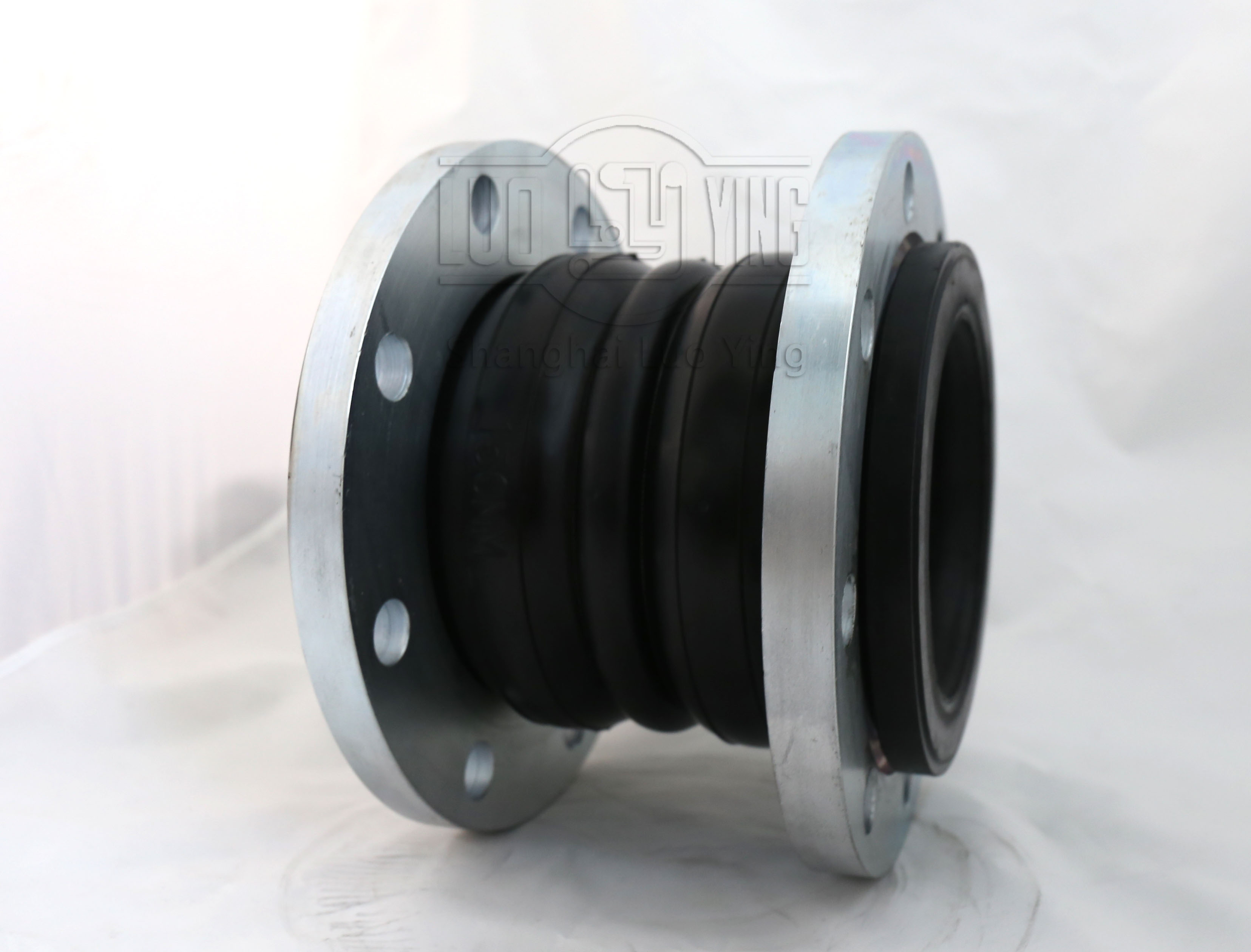How often does a vibration damping flexible rubber joint need to be changed.
Sep-23-18
How often does a vibration damping flexible rubber joint need to be changed.The frequency of changing a vibration damping flexible rubber joint depends on various factors such as the operating conditions, the quality of the rubber joint, and the maintenance practices followed. In this article, we will explore these factors and provide guidance on how often a vibration damping flexible rubber joint may need to be changed.
Operating Conditions: The operating conditions play a significant role in determining the lifespan of a vibration damping flexible rubber joint. Factors such as temperature, pressure, vibration levels, fluid composition, and frequency of movement can impact the joint's performance and durability. Rubber joints exposed to high temperatures or extreme pressure fluctuations may experience accelerated wear and degradation. Similarly, if the joint is subjected to excessive vibration or corrosive fluids, its lifespan may be reduced. It is important to assess the operating conditions and choose a rubber joint that is suitable for those specific conditions.
Quality of the Rubber Joint: The quality of the rubber joint is another crucial factor that influences its lifespan. High-quality rubber joints made from durable materials with excellent vibration damping properties tend to last longer. It is important to source rubber joints from reputable manufacturers known for their quality products. Cheaper or low-quality rubber joints may have a shorter lifespan and may need to be changed more frequently.
Maintenance Practices: Regular maintenance is essential for maximizing the lifespan of a vibration damping flexible rubber joint. Adequate maintenance practices include periodic inspections, cleaning, lubrication, and monitoring for signs of wear or damage. Visual inspections should be performed to identify any cracks, tears, or deterioration in the rubber joint. Additionally, monitoring the joint for any excessive movement, leaks, or abnormal vibrations can help detect any potential issues that may require replacement. Following the manufacturer's guidelines for maintenance and ensuring timely repairs or replacements when necessary can help extend the lifespan of the rubber joint.

Considering all these factors, it is challenging to provide an exact timeframe for changing a vibration damping flexible rubber joint. However, a properly installed and maintained rubber joint can typically last for several years. In some cases, rubber joints may need to be replaced every 5 to 10 years, while in more demanding operating conditions, replacement may be required more frequently. Regular monitoring, inspections, and following the manufacturer's guidelines can help determine when a rubber joint needs to be replaced to ensure optimal performance and safety in the system.
In conclusion, the frequency of changing a vibration damping flexible rubber joint depends on the specific operating conditions, quality of the joint, maintenance practices, and environmental factors. Regular inspections, monitoring, and timely replacement are essential for ensuring the continued effectiveness of the rubber joint in dampening vibrations and maintaining the integrity of the system.

